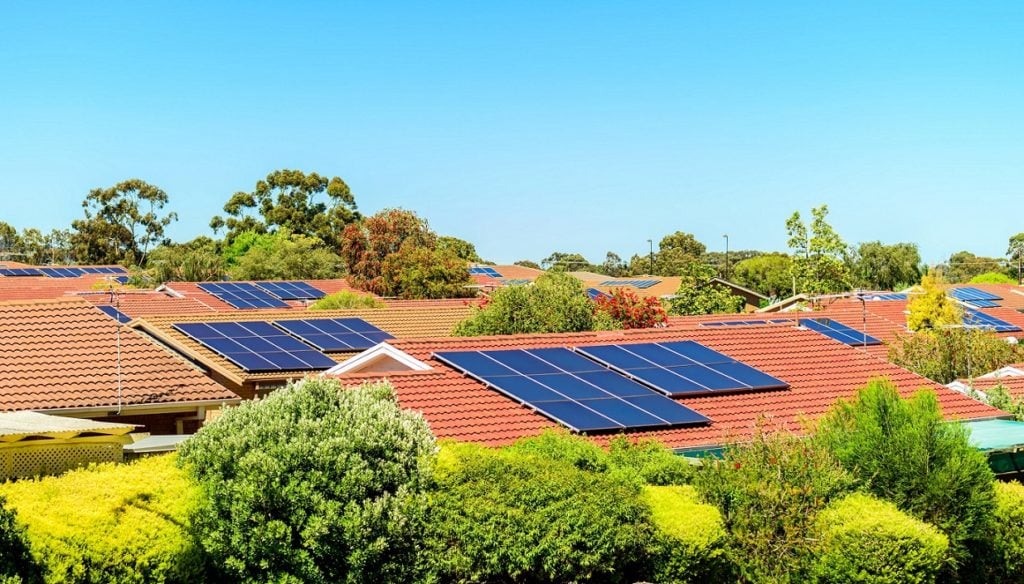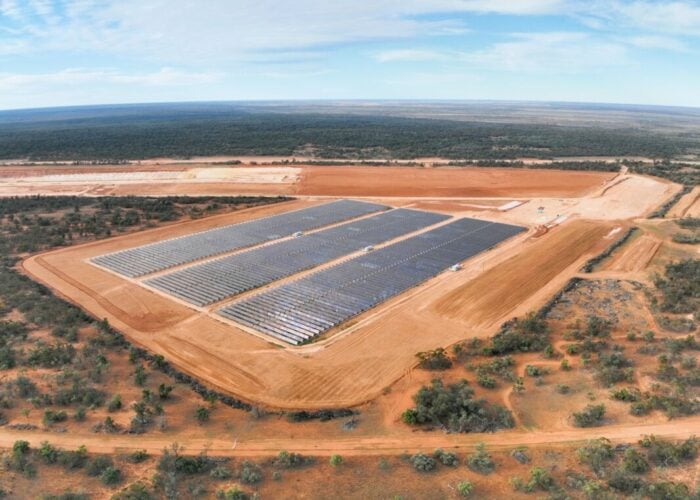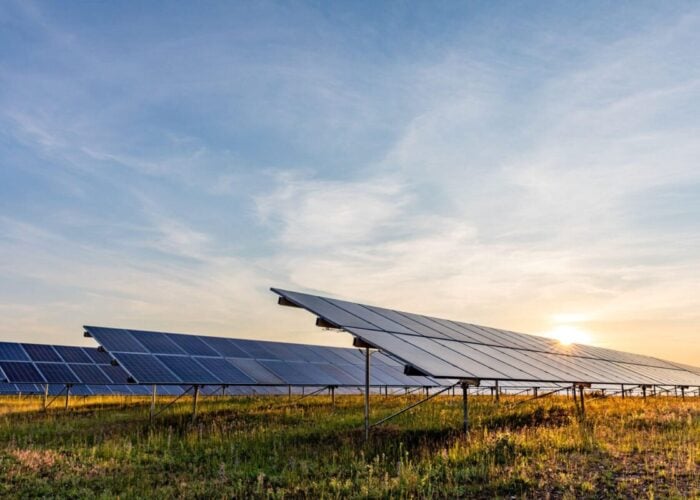
The Australian government is ramping up its effort to include more renewables in its energy mix. For example, one of the latest moves was the Australian government’s Federal Budget 2023-2024 issued in May, which suggested that a total of AU$4 billion (US$2.71 billion) of new investment would be used in energy transition, and the confirmation of tenders for renewables and energy storage.
Of the new investment, AU$2 billion was directed to industries within or supporting the renewables sector, including augmenting existing Australian Labor Party-led frameworks such as Powering Australia, Rewiring the Nation, and the National Reconstruction Fund.
Try Premium for just $1
- Full premium access for the first month at only $1
- Converts to an annual rate after 30 days unless cancelled
- Cancel anytime during the trial period
Premium Benefits
- Expert industry analysis and interviews
- Digital access to PV Tech Power journal
- Exclusive event discounts
Or get the full Premium subscription right away
Or continue reading this article for free
Although there are more resources to increase the importance of renewables in Australia’s energy mix, more measures are needed to enable Australians to have better access to solar. According to Australia’s renewable energy association Clean Energy Council (CEC), the renewable energy industry accounted for 35.9% of Australia’s total electricity generation last year, up from 32.5% in 2021.
Rooftop solar’s contribution to total electricity generation was as high as 9.3%. By combining larger-scale (5%) and medium-scale (0.4%) solar projects, solar PV accounted for 14.7% of electricity generation in Australia last year.
According to the Australian PV Institute, 44.9% of dwellings in Queensland are equipped with PV installations, followed by South Australia (44%), Western Australia (39%) and the Australian Capital Territory (31.1%). New South Wales (30.6%), the Northern Territory (26%), Victoria (25.4%), and Tasmania (19.4%) all have a lower percentage of dwellings with PV installations.
The Australian Energy Market Operator (AEMO) also predicted that around 65% of homes with a total capacity of 69GW will have solar panels by 2050.
Although rooftop solar is gaining traction in Australia, PV Tech previously reported that more than 90% of Australian renters lacked direct access to solar. Rohan Best, senior lecturer for economics at Macquarie University, says landlords may be reluctant to install rooftop solar modules, leading to the majority of renters not having access to solar.
“The main reason for low access among renters is that landlords are generally responsible for solar panel installation and may not have the incentive to pay the upfront cost as electricity savings would generally be experienced by the renters. Electricity bills are usually the responsibility of renters rather than the landlords in Australia,” sayd Best.
Other reasons include that renters are sometimes in apartment buildings with shared roof space.
In the research paper Emerging inequality in solar panel access among Australian renters, the researchers, including Best, says that net wealth was better for identifying solar-access inequality than other socio-economic variables such as income, welfare receipt, or education. This is because renters with more wealth have a greater capacity to access better rental properties, including those with additional attributes such as solar panels.
What renters can do to access solar and lower their energy bills
But there are many things renters can do to access solar and even lower their energy bills. Instead of asking their landlords to install solar PV, which is not under renters’ control, and moving to another rental property that boasts solar, Best suggests that renters can invest in off-site solar systems through either commercial arrangements or community solar projects.
In the Australian market, some businesses offer virtual solar services, allowing renters to purchase power generated from rooftop solar elsewhere.
Renters can also consider switching energy providers as this leads to savings of hundreds of dollars each year in some cases. They can also lower electricity consumption to save their energy bills.
How to identify solar-access inequality?
The researchers also states that net wealth was better for identifying solar-access inequality than other socio-economic variables such as income, welfare receipt, or education. But there are other factors that could determine the adoption of rooftop solar.
For example, when the landlord has a familial relationship with the renter, there is a higher possibility of accessing solar, according to the Emerging inequality in solar panel access among Australian renters research. On the other hand, renters who deal with a real estate agent are disadvantaged with respect to solar panel access.
Larger rented dwellings, based on the number of bedrooms, are also more likely to have solar panels. Attached and semi-detached dwellings are less likely to have solar panels than detached dwellings. There are positive coefficients for the number of people in the household too, consistent with larger family size being a driver of solar uptake.
“Long leases could be another solution. If landlords secure long-term tenants, they may be more inclined to invest in solar panels and absorb the costs in a sustainable rent price schedule,” added Best.
Currently, rental properties are often ignored in Australia’s energy policy except Victoria, as a rebate and loan scheme supporting rental properties was introduced in the second half of 2019 and expanded in 2020.
However, there are some restrictions, such as the combined household income of the renters must be below AU$180,000 per year, thereby excluding high-income renters. Eligibility for the scheme also requires that the dwelling must be valued below AU$3 million, which excludes some wealthy landlords.






